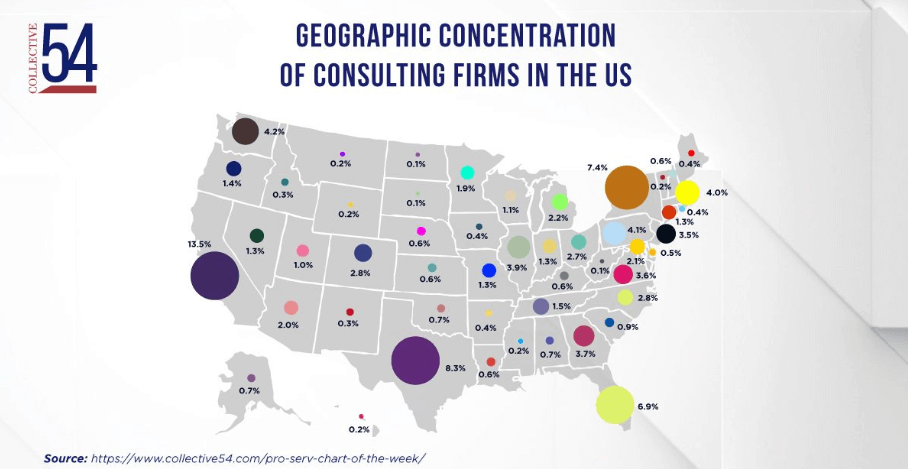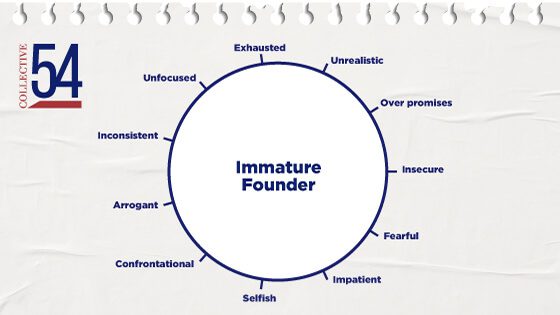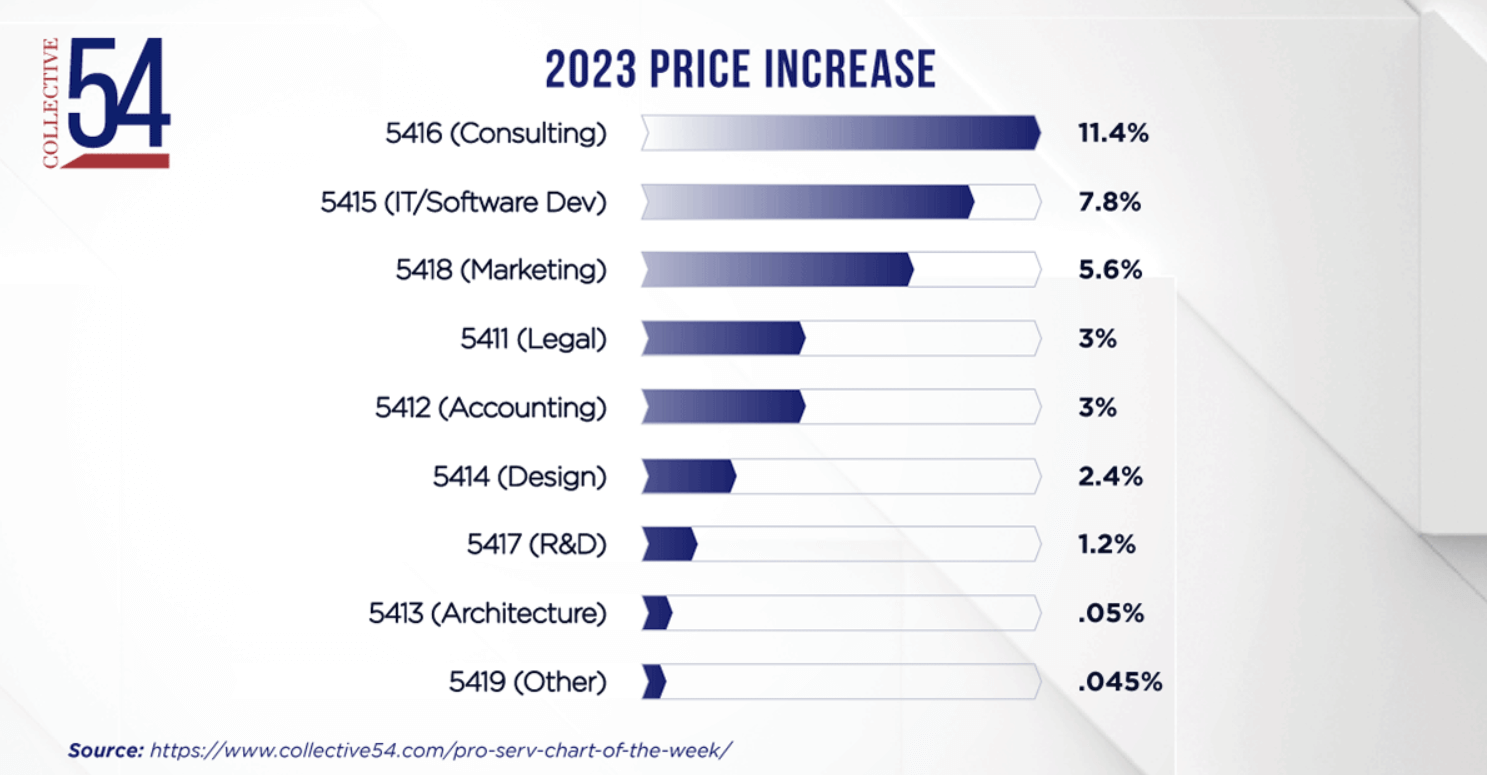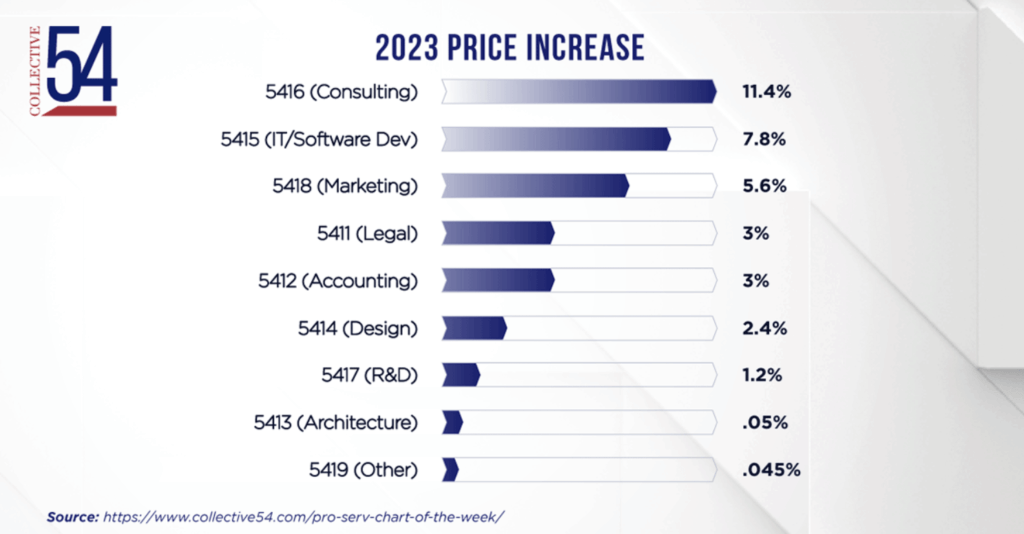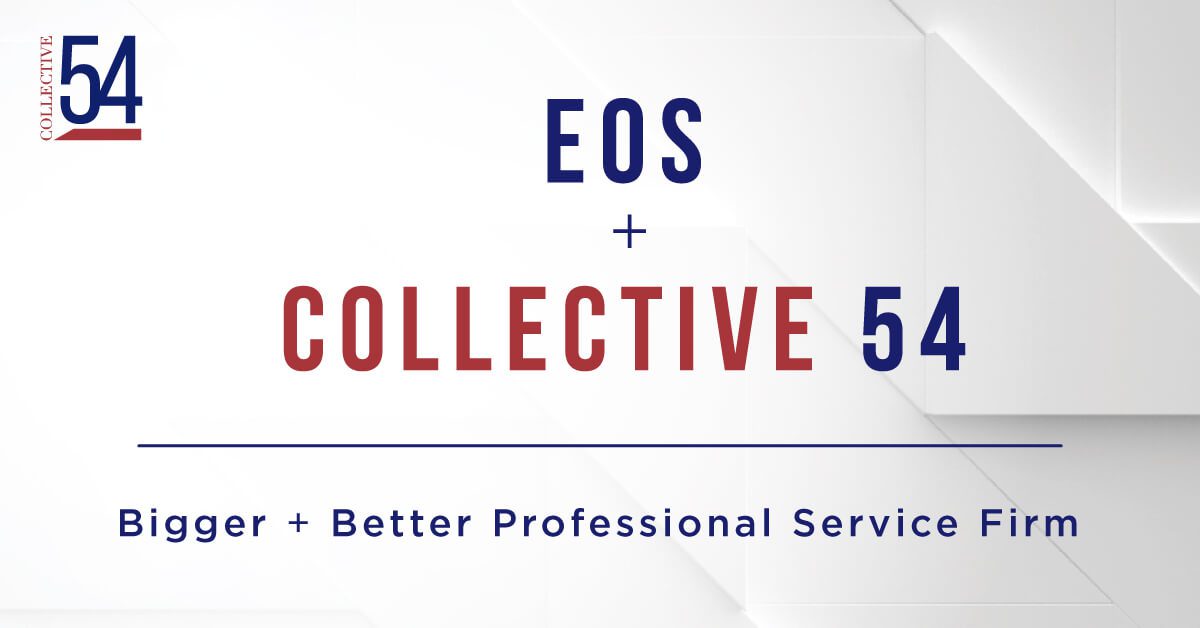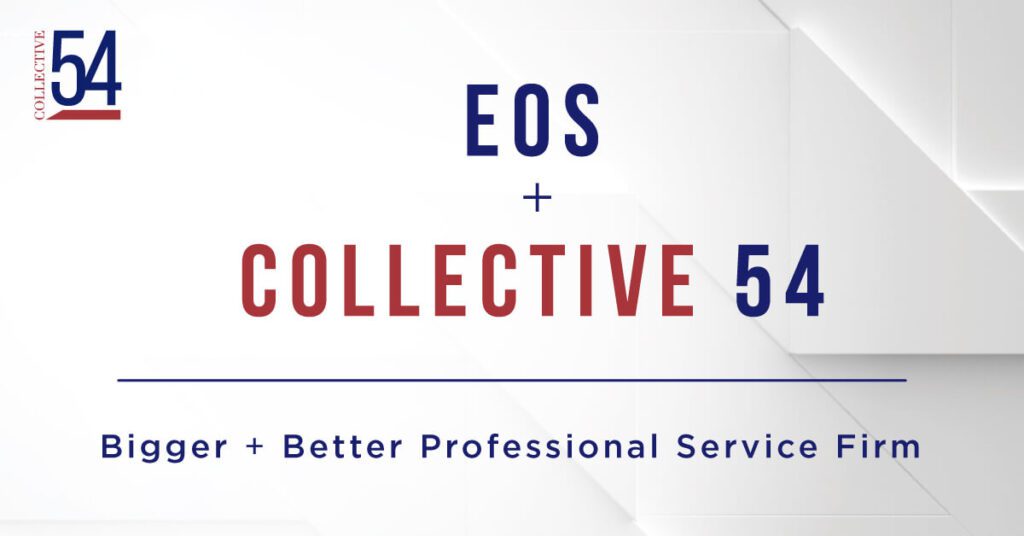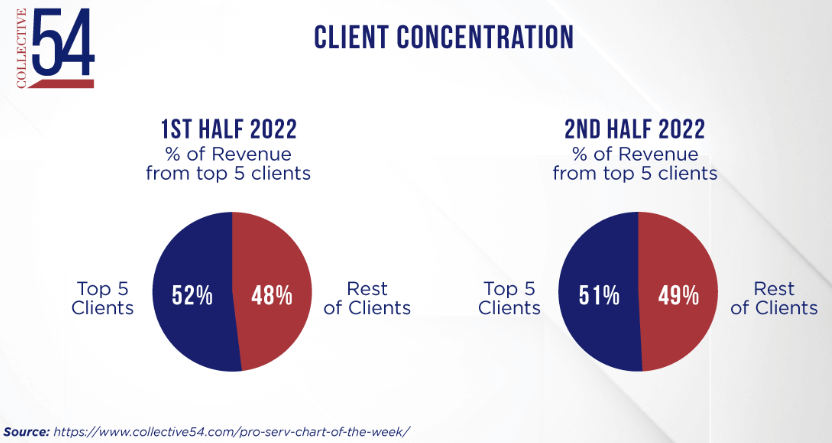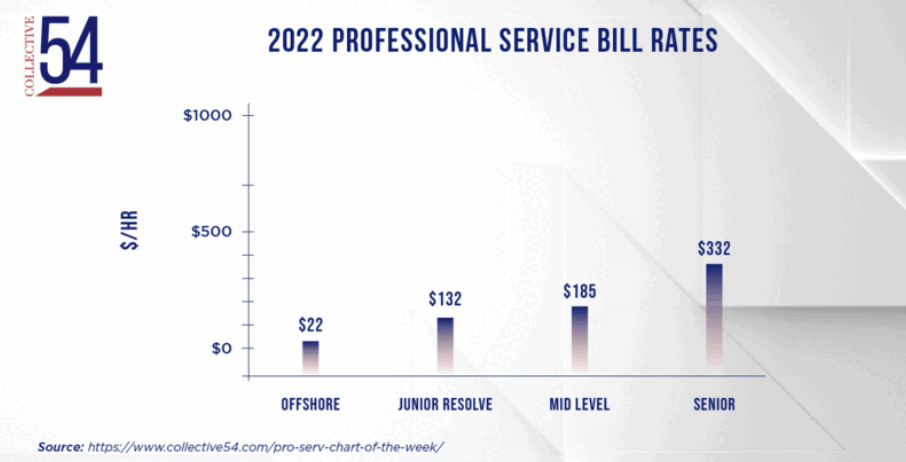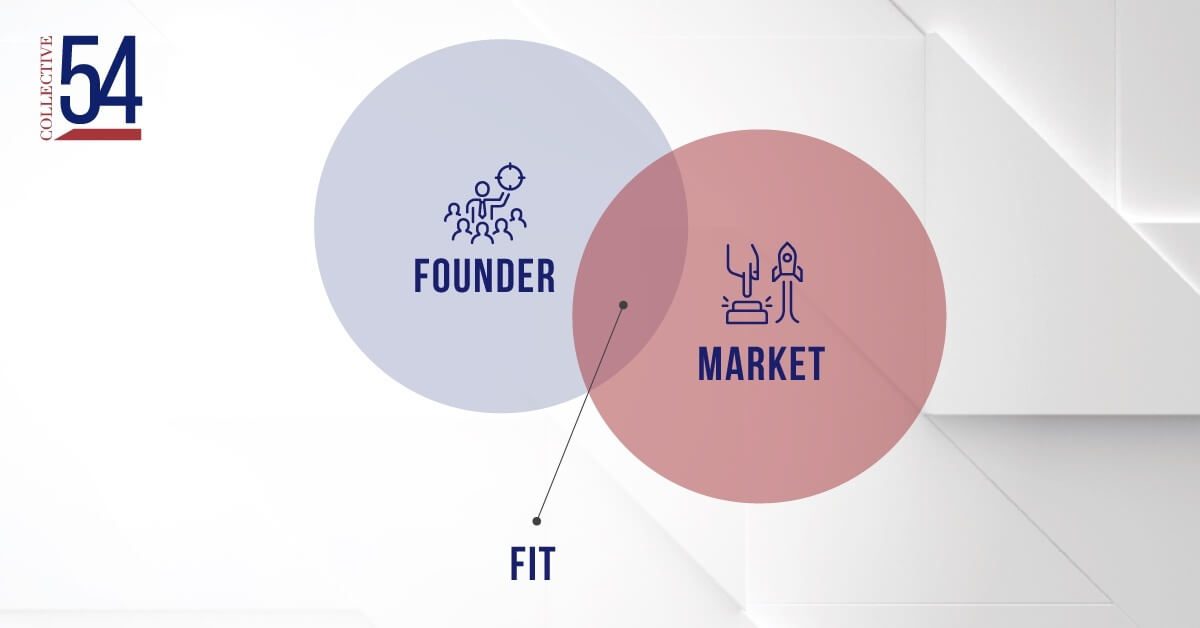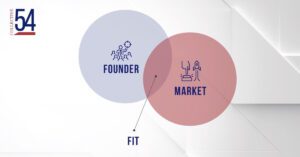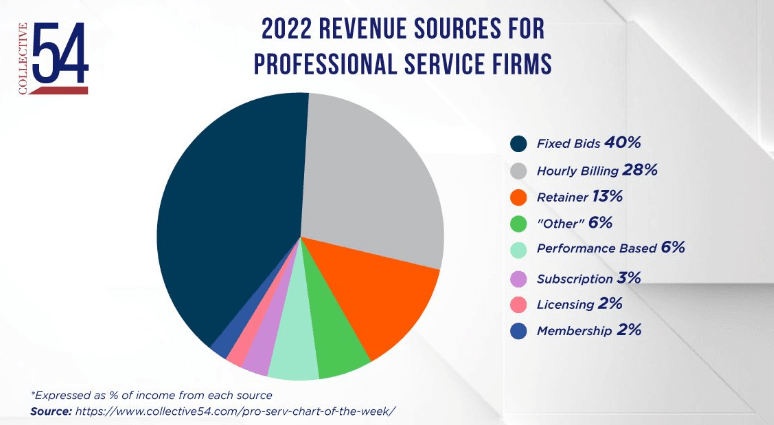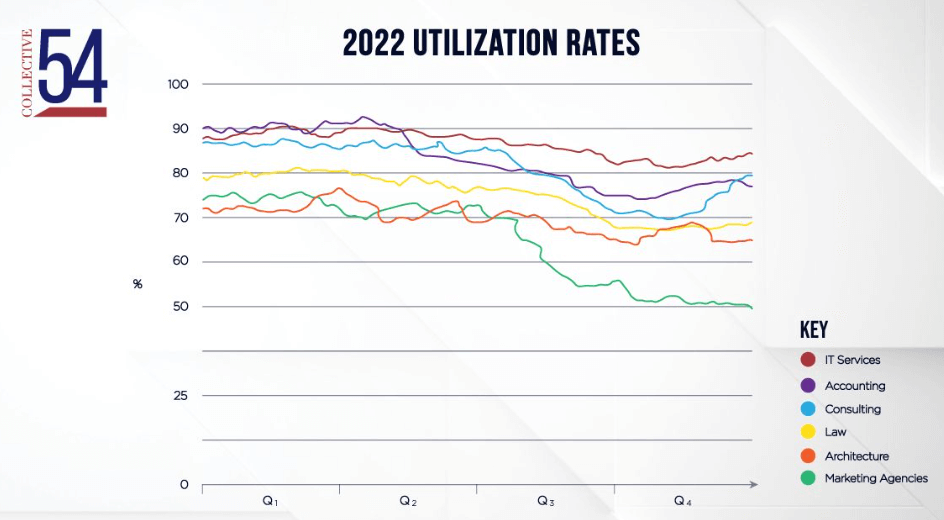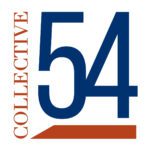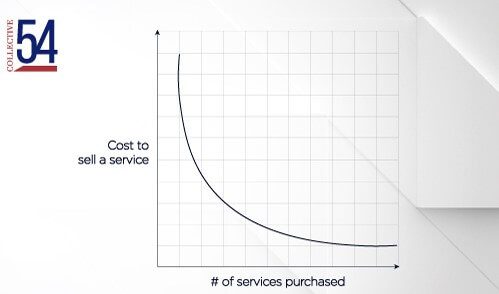
Scalability is the highly sought-after holy grail of business, but not every professional services firm has scalability in its future. Understanding what scalability means for your firm is an important first step, and gaining a playbook of strategies for how to scale a professional services business will equip you to refocus your portfolio on growth.
Why and how does a service business scale?
A professional services firm is scalable if the cost of sales declines as a client buys additional services. The cost of selling two services together is less than the cost of selling them separately. The root cause of this benefit is the ability to share the sales resource across both sales. One business development person executes one sales campaign resulting in two sales.
For example, a cybersecurity service provider needs to develop a deep understanding of a client’s network. Because the activity “understanding a client’s network” can be shared in multiple sales campaigns, it is more economical to sell multiple services together. One business development person can sell remote access and Wi-Fi security rather than having two salespeople run two different sales campaigns.
On the other hand, a service is scalable if the cost of delivering it decreases as more people benefit from it. So when we imagine scaling a professional services business, the cost of delivering a portfolio of services must decline as clients buy additional services from the firm.
A management consulting firm that helps a client size their target market offers a highly scalable service. The labor cost to deliver the first market sizing is high; however, the labor cost increases only marginally when the client wants a quarterly update. The incremental cost of refreshing that market data is relatively low. Therefore, the market sizing service provided by a management consulting firm is a scalable service.
Lead generation services are another great example of a scalable service, even though they often require significant up-front costs in the campaign design process. The first few leads generated are expensive, but as the number of leads generated increases, the cost per lead declines. The upfront costs are amortized across a greater pool of leads, so lead-generation services provided by marketing agencies then become highly scalable services.
What gets in the way of professional services firms’ scalability?
Beyond the initial challenge of understanding what scalability means for professional services firms — and for yours, in particular — other variables can intrude on a firm’s ability to scale successfully.
Some firms simply aren’t suited to scale. A business’s scaling strategy is sometimes only as powerful as the firm’s natural inclination to scale. Focus your professional services on proprietary, client-specific knowledge, and you will only be able to scale so far because increasing the volume only increases the cost.
An architecture firm is one such example, as they tend to not be scalable. Architectural projects depend on a unique relationship between practitioner and client — one-off assignments, plus crafting plans and designs that wouldn’t be replicable anywhere else. The knowledge and experience required to deliver these projects often belong to a brilliant, senior, and expensive architect. One brain. Thus, why 264,000 architecture firms exist in the US, and most are sole proprietorships and unscalable.
Complexity is another hurdle to scalability for professional services firms. Offering multiple services increases administration needs and can bloat overhead costs. So while a broad portfolio of services is good, if these services are each customized, growth will move linearly rather than exponentially. A custom software development firm trying to scale via geographic expansion can struggle to do so. This firm will grow as 200 billable engineers produce more revenue than 100 billable engineers. However, the growth is linear, not exponential. Scaling suggests costs increase just as quickly as revenue does.
Prioritize in order to scale your firm successfully
Remembering this one crucial fact will be integral in leveraging your firm’s ability to scale: Services scale when the cost to deliver decreases as volume increases. By understanding this core truth of scalability, you can start to craft your services and your firm as a whole to refocus on more scalable strategies.
1. Design your service lines with scale in mind.
Help your clients buy additional services from you — but without your firm spending the equivalent in extra administration, materials, and time. This could mean designing services with more upfront costs but with lower ongoing overheads. Digital, repeatable services are also great scale boosters. Your service lines should be able to compound to be necessary for your client’s needs while decreasing the overall cost of the work to deliver those services.
For experienced insights from Cynthia Klint, a Collective 54 member and CEO at BRC, take a listen to our podcast.
2. Construct the firm with room for scalable growth.
Scalable professional services firms choose broad service portfolios, enabling demand for one service to increase the demand for others. With a portfolio of services that clients can pick and mix, you can design and reform your firm to focus on scaling, but time is money. If your firm is going to be scalable, it needs to take less time for it to do more. It needn’t be drastic.
For example, if your client purchased one of your firm’s services and now is adding on another service, you don’t want your employees to have to spend just as much time as they did on the original service. But for your growth to not be linear, your compounding services will need to take less time each time a client adds a service.
How to scale your professional services business? Founders must design their services and their firms with scale in mind, ideally from the beginning. A founder who designs for scale is one who has mastered their craft. A founder who fails to design for scale is one who needs to grow in their role.
Looking for more hands-on support from an experienced community? Reach out to Collective 54 now to schedule a call.
